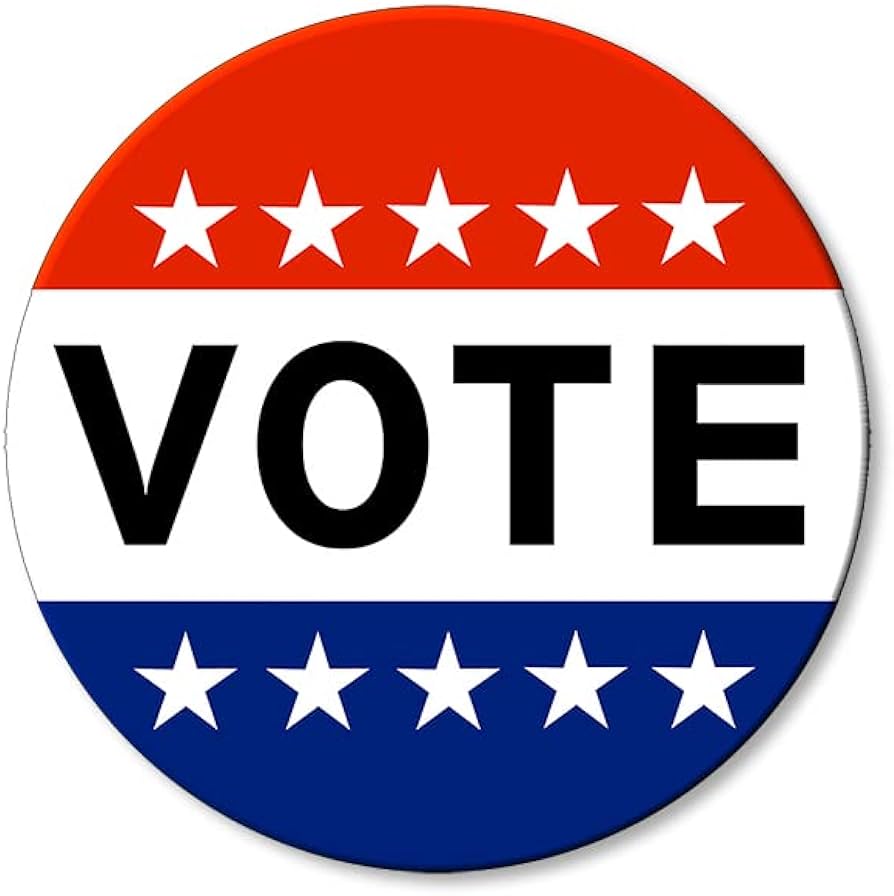The U.S. dollar has been the dominant currency in global trade and finance for more than seven decades. Over that time, little has ever truly threatened its position. Global economic systems operate with significant inertia. Major players, from governments to banks to multinational corporations, prefer tried and tested mechanisms for conducting trade and finance. Breathless headlines frequently declare that countries are seeking alternatives to the dollar, that a new consortium is attempting to create a rival currency, or that the latest political crisis in Washington will finally end the dollar’s reserve status. But through decades of changing economic growth around the world, periods of turmoil in global markets, and questions about the future of U.S. economic policy, the dollar’s dominance has remained secure.
Until now. On April 2, U.S. President Donald Trump announced steep new tariffs on almost every U.S. trading partner. His plans, which have sent U.S. and global stock markets plunging, are the latest example of a consistent theme in his approach to governance: the weaponization of U.S. economic power. Trump has slapped tariffs on goods from Canada and Mexico in response to a variety of purported ills and reinvigorated the maximum pressure campaign against Iran begun in his first term. Combined with Trump’s attacks on the rule of law, his clumsy, erratic attempts to weaponize Washington’s economic advantages pose the greatest threat so far to the dollar’s status as a reserve currency.
Should that threat be realized, the United States and the world will be worse off. Without the dollar to ease trade and financial flows, growth will be slower and people everywhere will be poorer. And U.S. isolation will not bring the manufacturing revival the Trump administration claims to be aiming for, as imported raw materials grow more expensive and capital markets dry up. The true result of a declining dollar will be the demise of the very economic power Trump is attempting to wield.



Krasnov is the most precious ruzzian asset.